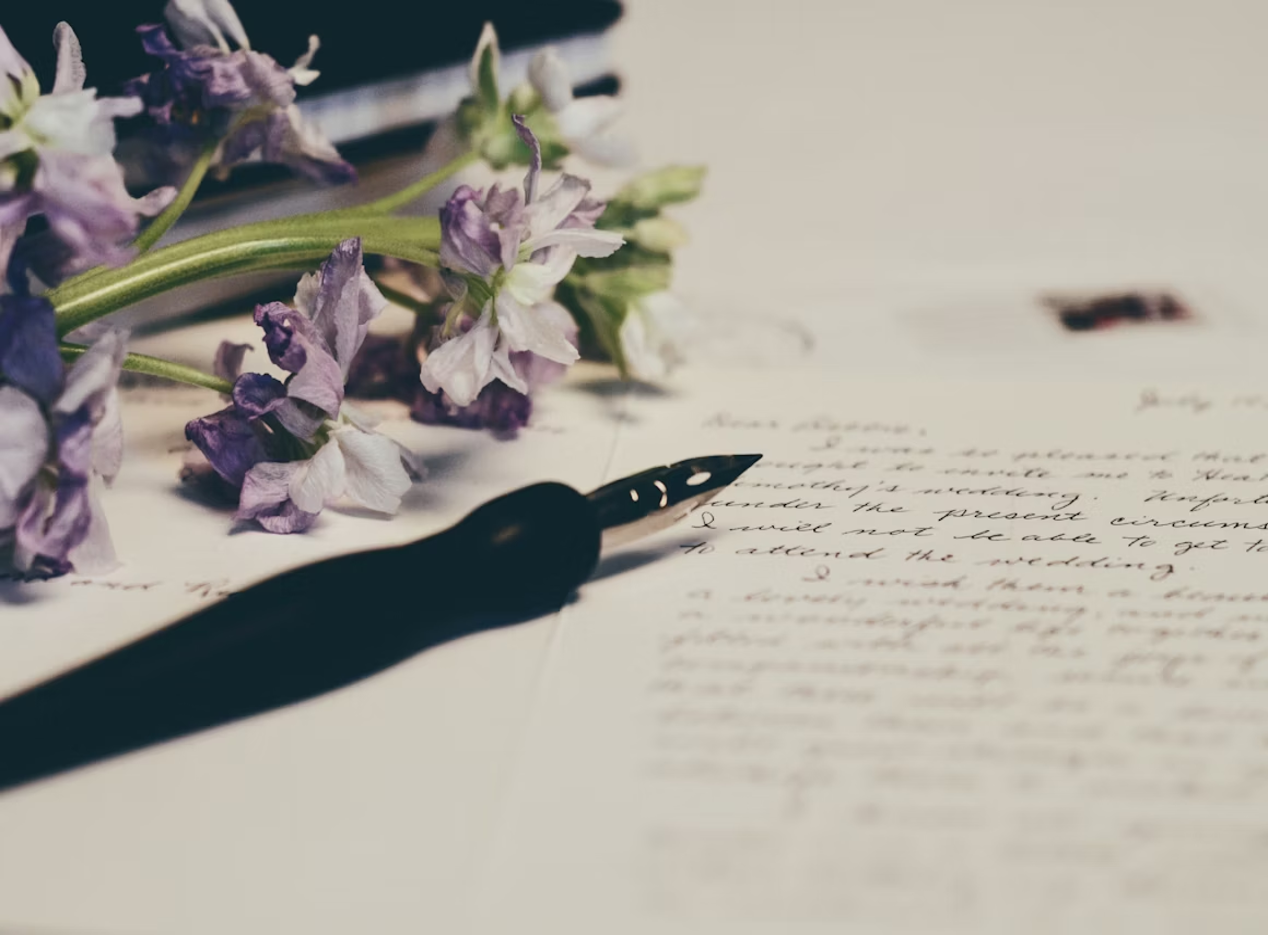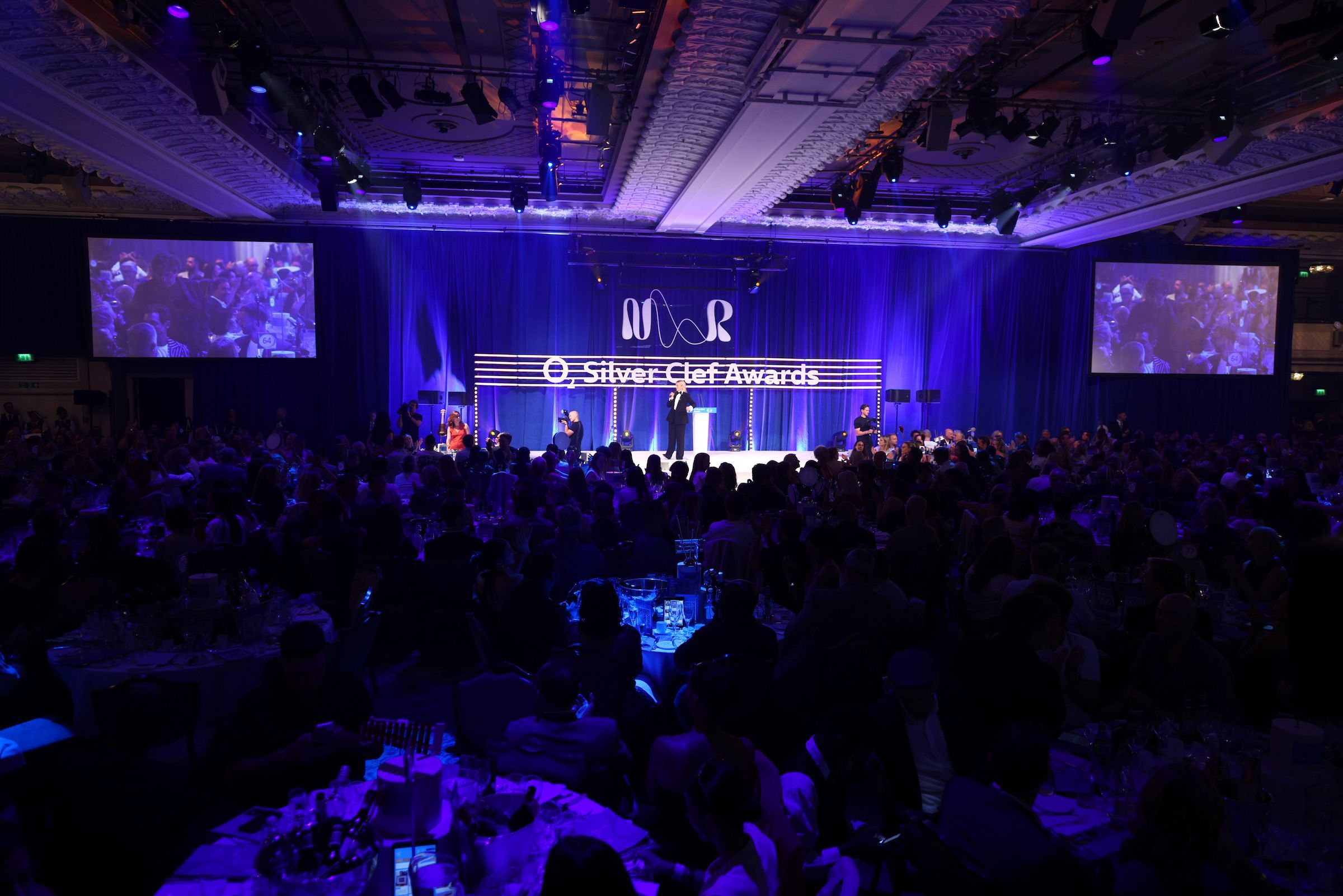The artful use of literary devices can transform an ordinary essay into a compelling masterpiece that captivates readers and strengthens arguments. While many associate literary techniques with fiction ghostwriter writing, professional ghostwriting services have long recognized their power to elevate academic and professional pieces to new heights.
Understanding how to weave literary devices into your essays effectively enhances your writing style and creates a more persuasive and memorable experience for your audience—one that lingers in their minds long after they’ve finished reading.
The Power of Metaphor and Analogy in Academic Writing
Metaphors and analogies bridge complex concepts and familiar experiences, making your arguments more accessible and memorable. Picture yourself as an architect of ideas, carefully placing supporting beams throughout your essay’s structure. Each metaphor acts as another beam, reinforcing your main points and creating lasting impressions that resonate with readers.

I recently came across an essay about artificial intelligence describing machine learning as a child learning to walk—first crawling, then stumbling, and finally running confidently. This simple metaphor instantly made the complex concept of AI development accessible to a general audience. That’s the magic of well-chosen metaphors in academic writing.
When crafting academic arguments, metaphors can illuminate abstract concepts by grounding them in concrete, relatable terms. Consider how describing economic markets as ecosystems helps readers understand complex interconnections through familiar natural relationships. A market crash becomes an extinction event, new startups are emerging species, and economic niches become literal ecological ones. This approach not only clarifies your points but also makes them stick in your reader’s mind.
Rhetorical Devices: The Building Blocks of Persuasion
The strategic use of rhetorical devices can dramatically enhance your essay’s persuasive power. These tools create rhythm, emphasis, and emotional resonance that strengthen your arguments in ways that straightforward exposition simply cannot match. Think of rhetoric as the spice in your writing—too little leaves your essay bland while too much overwhelms the underlying flavors of your ideas.
Strong academic writing often employs these devices subtly, creating flow and emphasis without drawing attention to the techniques themselves.
Consider how Martin Luther King Jr. used anaphora—the repetition of opening phrases—in his famous speech: “I have a dream” wasn’t just repetition; it was a rhetorical hammer driving his message home. In your own essays, you might emphasize a series of points about climate change: “We see it in melting glaciers. We see it in rising seas. We see it in changing weather patterns.” The repetition builds momentum and emphasizes the overwhelming evidence.
Creating Atmosphere Through Sensory Details and Imagery
Even academic essay writing tips benefit from carefully chosen sensory details and imagery that bring abstract concepts to life. When discussing historical events or scientific processes, well-chosen imagery can make complex ideas tangible. Instead of simply stating that the Industrial Revolution changed society, show your readers the billowing smoke from factories darkening Victorian skies, the rhythmic clanking of new machinery, and the rivers running black with coal dust. These details don’t just describe—they transport.

I once read an essay about urban development that described a city as “a living organism, its subway lines carrying people like blood cells through arteries, its parks serving as lungs, and its markets acting as a digestive system processing resources.” This imagery didn’t just make the essay more engaging—it helped readers understand the interconnected nature of urban systems in a way that pure data never could.
How to Use Literary Devices?
Тhink of literary devices as powerful spices—they should enhance your writing without overpowering your message. Here’s a practical approach to incorporating them effectively:
- Read your essay aloud to identify natural points for literary devices. This practice reveals where metaphors or analogies could clarify complex concepts and strengthen your argument.
- Scan for emotional connection points. Look for places where sensory details and imagery could transform dry facts into memorable experiences that resonate with readers.
- Transform transitions between paragraphs. Use rhetorical questions or parallel structure to bridge ideas smoothly while maintaining reader engagement.
- Review for balance and clarity. Ensure each literary device serves a purpose. If a metaphor or analogy doesn’t enhance understanding, don’t hesitate to remove it.
- Polish your work with fresh eyes. Check that all devices flow naturally with your writing style and maintain consistency with your academic tone.
Summary
Common literary devices serve as powerful tools for enhancing academic essays, transforming dry analysis into engaging discourse. Through strategic use of metaphor, rhetorical techniques, and sensory details, writers can create more persuasive and memorable arguments that resonate deeply with their audience. When skillfully employed, these devices bridge the gap between academic rigor and reader engagement, ensuring that complex ideas don’t just inform but inspire. The key lies in balancing these creative elements with scholarly precision, creating essays that both educate and captivate—proving that academic writing need not be dry to be effective.





